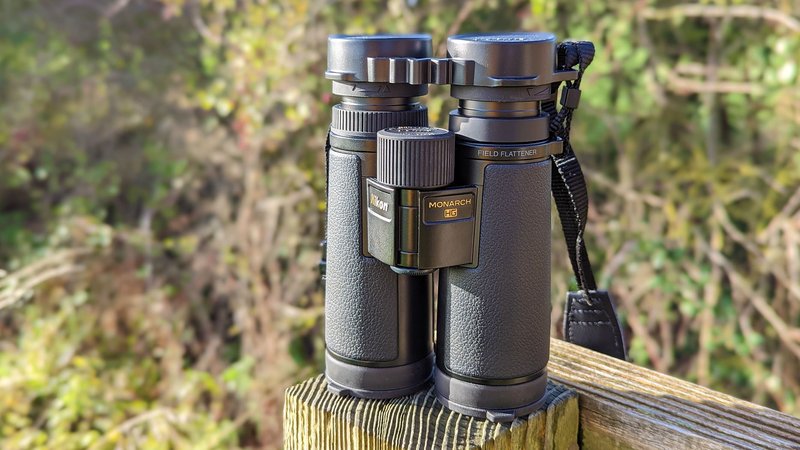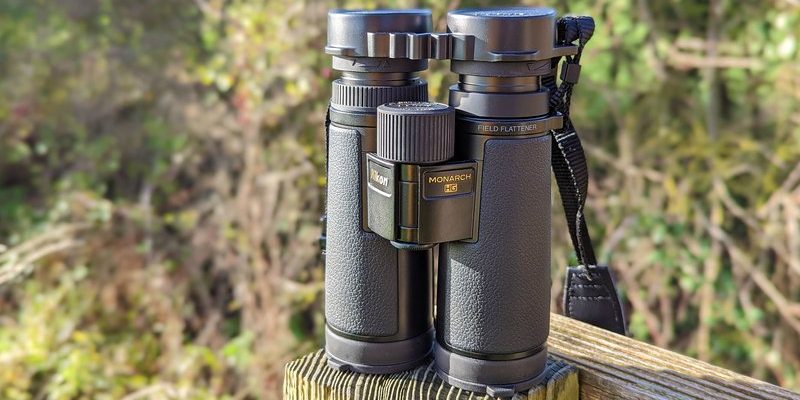
But with so many options on the market, how do you choose the best binoculars for observing inchworm movement? To keep things simple, let’s break down what you need to look for—a combination of quality optics, the right magnification, and comfort for those long observation sessions. In this guide, we’ll explore some top choices that make finding those inchworms a delight, along with tips on what features to prioritize.
Why Binoculars Matter for Nature Observation
You might be wondering why binoculars are essential for observing inchworms. Well, think of it this way: your eyes can only capture so much detail. Binoculars act like a telescope for your everyday adventures, letting you appreciate the delicate movements of inchworms as they navigate their world. With the right pair, you’ll see how they curl and uncoil with precision, and you might even discover the fascinating ways they interact with their environment.
There are a few key features that make binoculars ideal for nature observation. First up is **magnification**. For inchworms, a good magnification range is typically between 8x to 10x. This level of zoom allows you to see those tiny movements without losing clarity. Next, you have **field of view**—this tells you how much of the scene you’ll see at once. A wider field makes it easier to follow inchworms as they move. Lastly, the **weight and ergonomic design** are crucial. You’ll want something lightweight and comfortable because, let’s face it, observing nature can take time.
Top Features to Consider When Choosing Binoculars
When you’re on the hunt for the perfect binoculars, a few specific features can significantly enhance your inchworm-watching experience. Here’s a closer look at what to watch for:
- Optical Quality: Look for lenses with good coatings that reduce glare and improve clarity. Glass quality is critical, especially for close-up observations.
- Magnification and Objective Lens Size: A higher magnification helps you see details, but balance it with the objective lens size (the diameter of the lens). For example, 8×42 means 8x magnification with a 42mm lens, which is a great combo for daytime viewing.
- Close Focus: Since inchworms are often found on branches or leaves, a close focus capability (around 6 to 10 feet) is essential to see them up close.
Remember, choosing binoculars isn’t just about the flashy features. It’s about finding a pair that fits your needs and your observation habits. You wouldn’t want binoculars that weigh a ton and tire your arms after a few minutes, right?
Recommended Binoculars for Observing Inchworms
Now that we know what features to look for, let’s dive into some specific models that are great for inchworm watching. These binoculars not only help you see those tiny creatures up close but are also well-regarded for their overall performance.
1. Nikon Prostaff 3S 8×42
The **Nikon Prostaff 3S** stands out among the best binoculars for observing inchworms. With an 8x magnification and a wide field of view, you’ll be able to spot inchworms easily—even from a distance. The **Phase-Correction Coating** enhances contrast and clarity, which means you’ll see those little green bodies stretching and curling like acrobats. Plus, it’s lightweight and waterproof, so it can handle a little dew on those early morning adventures.
2. Vortex Optics Diamondback 10×42
Another great option is the **Vortex Optics Diamondback**. The 10x magnification allows for detailed views of inchworms, while the **XR Lens Coatings** increase light transmission. This means clearer images in low-light settings, perfect for those dusky afternoons when inchworms come out to play. If you’re planning on long observation sessions, you’ll appreciate the comfortable grip and durable design.
3. Pentax AD 8×25 WP
If portability is a must, check out the **Pentax AD 8×25 WP**. These compact binoculars are light enough to carry everywhere, making them ideal for spontaneous nature strolls. With 8x magnification and a close focus of just 1.5 meters, you’ll be able to observe inchworms up close without missing a beat. They’re also waterproof and fog proof, so you won’t have to worry about unpredictable weather.
How to Get the Most Out of Your Binoculars
Owning a great pair of binoculars is just the beginning. Here are some tips to help you use them effectively while observing inchworms:
- Stabilize Your View: Find a stable surface or use a tree branch to steady your hands while looking through the binoculars. This can minimize shaking and help you focus on movement.
- Practice Focusing: Spend some time adjusting the focus before you start. A good tip is to focus on an object about the same distance away as the inchworms you’ll be observing.
- Adjust for Light Conditions: Early mornings or late afternoons are often the best times to watch inchworms as they are more active. Adjust your position accordingly to take advantage of the best light.
Each observation session can be a little different, so don’t hesitate to experiment with the techniques that work best for you.
Choosing the best binoculars for observing inchworm movement doesn’t have to be daunting. By focusing on the right features—**optical quality**, **magnification**, and **comfort**—you can ensure that your viewing experience is nothing short of amazing. Whether you go for the Nikon Prostaff, Vortex Diamondback, or Pentax AD, each option can help you connect with nature on a deeper level.
Remember, it’s all about enjoying the journey. So grab your binoculars, head outdoors, and immerse yourself in the tiny world of inchworms. Happy observing!

